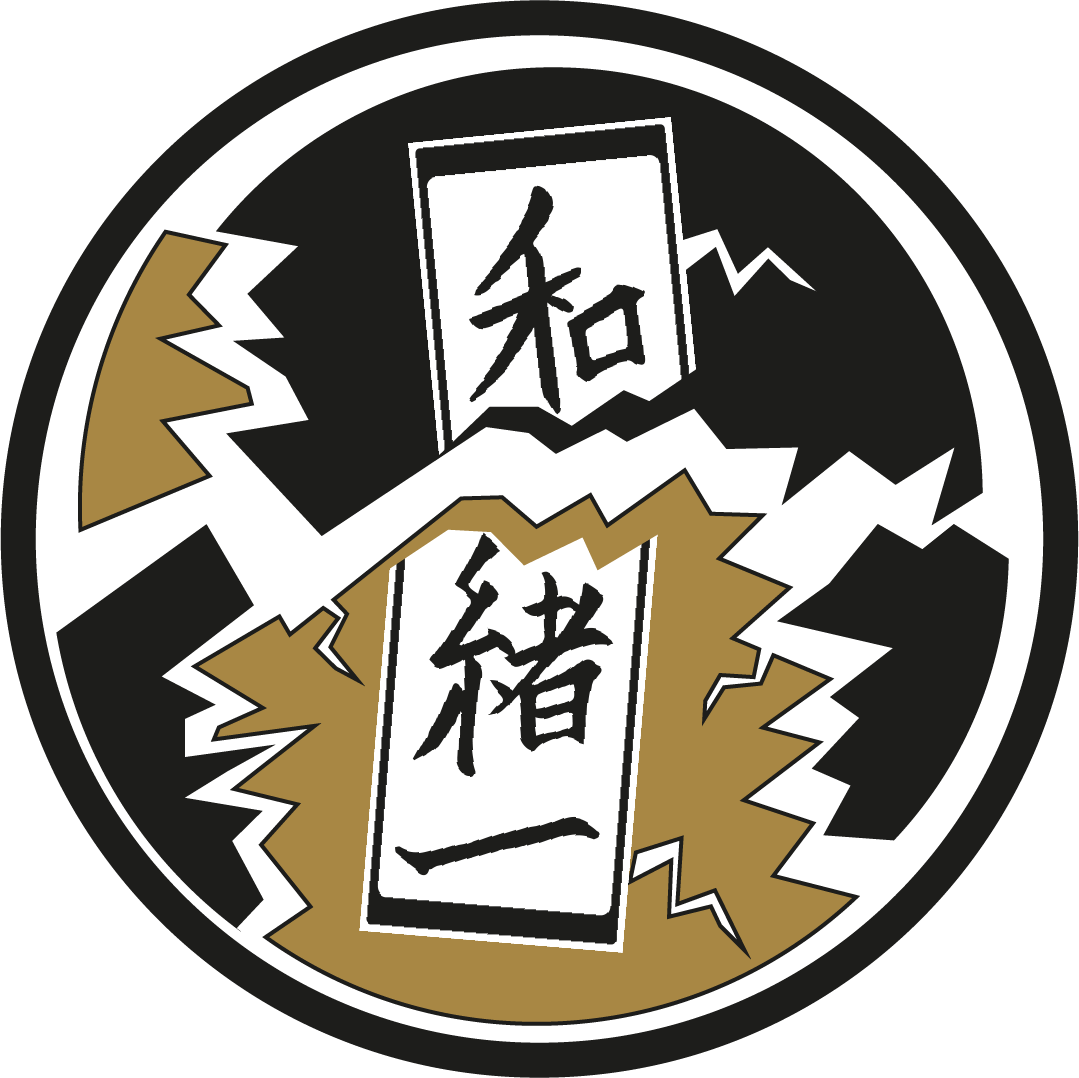Kyūshū
Satellite picture of Kyūshū, the land to the north-west corner is already part of the Korean Peninsula.
Due to its geography Kyūshū has always had the role of connecting Japan with the continent. Settlers of the Yayoi period have luckily begun populating Japan from Kyūshū and progressively made their way through Honshū. Even if this assumption is not supported by written documents, archaeological evidence helps to reconstruct Japan’s early history. Many kofun (ancient tombs) have been found more constantly in Kyūshū, while they get bigger and sparser going north.
The mythical episode of the Sun Goddess Amaterasu emerging from the cave. In popular belief the setting of this story is placed at Takachiho, a rural town of Miyazaki prefecture.
Many of the mythical episodes narrated in Japanese myths involve locations in Kyūshū. From that we can assume that by the time written culture was introduced in Japan, tribes from the southern islands were influential enough to be represented through mythical speech.
Kyūshū is also where you’ll find the Yakushima island, situated south from Kagoshima prefecture, which is said to have inspired Hayao Miyazaki when creating the setting for Princess Mononoke.
Forest in Shiratani Unsui Gorge, Yakushima, Kagoshima Prefecture. ©Σ64
Kyūshū is renowned for its food culture that offers a great variety of typical dishes. One could not say Kyūshū without mentioning tonkotsu ramen with its soup made out of pork bones and a fragrance that connoisseurs identify immediately.
Every prefecture of Kyūshū has its own regional specialty: Fukuoka is associated with the aforementioned tonkotsu ramen, also called Hakata Ramen. Nagasaki is widely known for its chanpon, a stir-fried noodle-based dish highly influenced by Chinese cuisine, as the city hosts the biggest Chinatown of the island. In Kumamoto you can find many delicious dishes but one worth special mention is basashi, or raw horse meat, which could be described as a thick horse carpaccio.
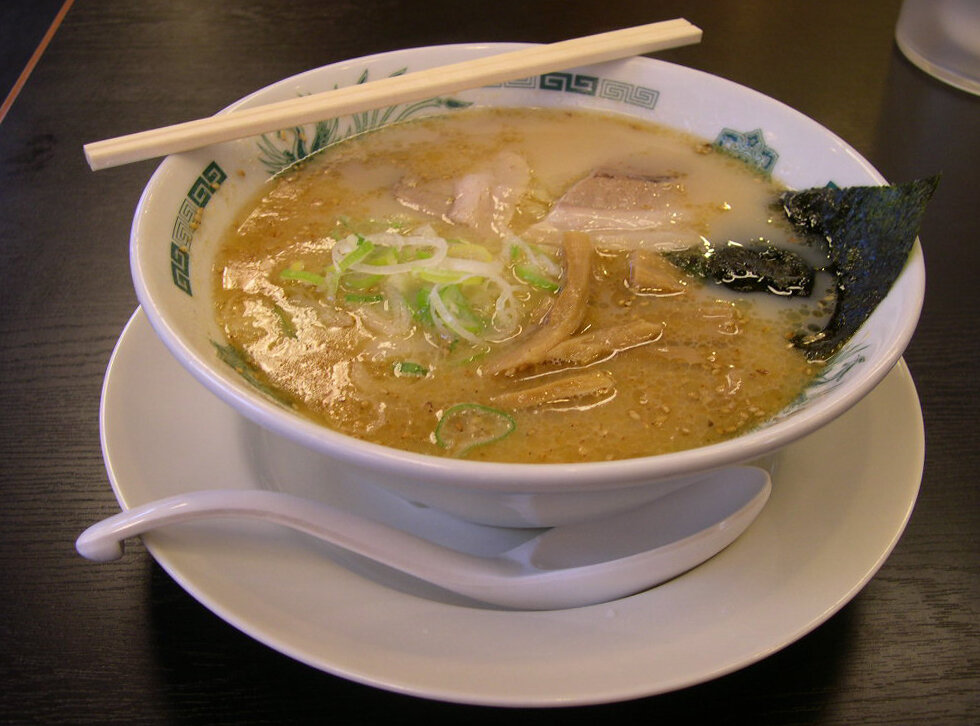
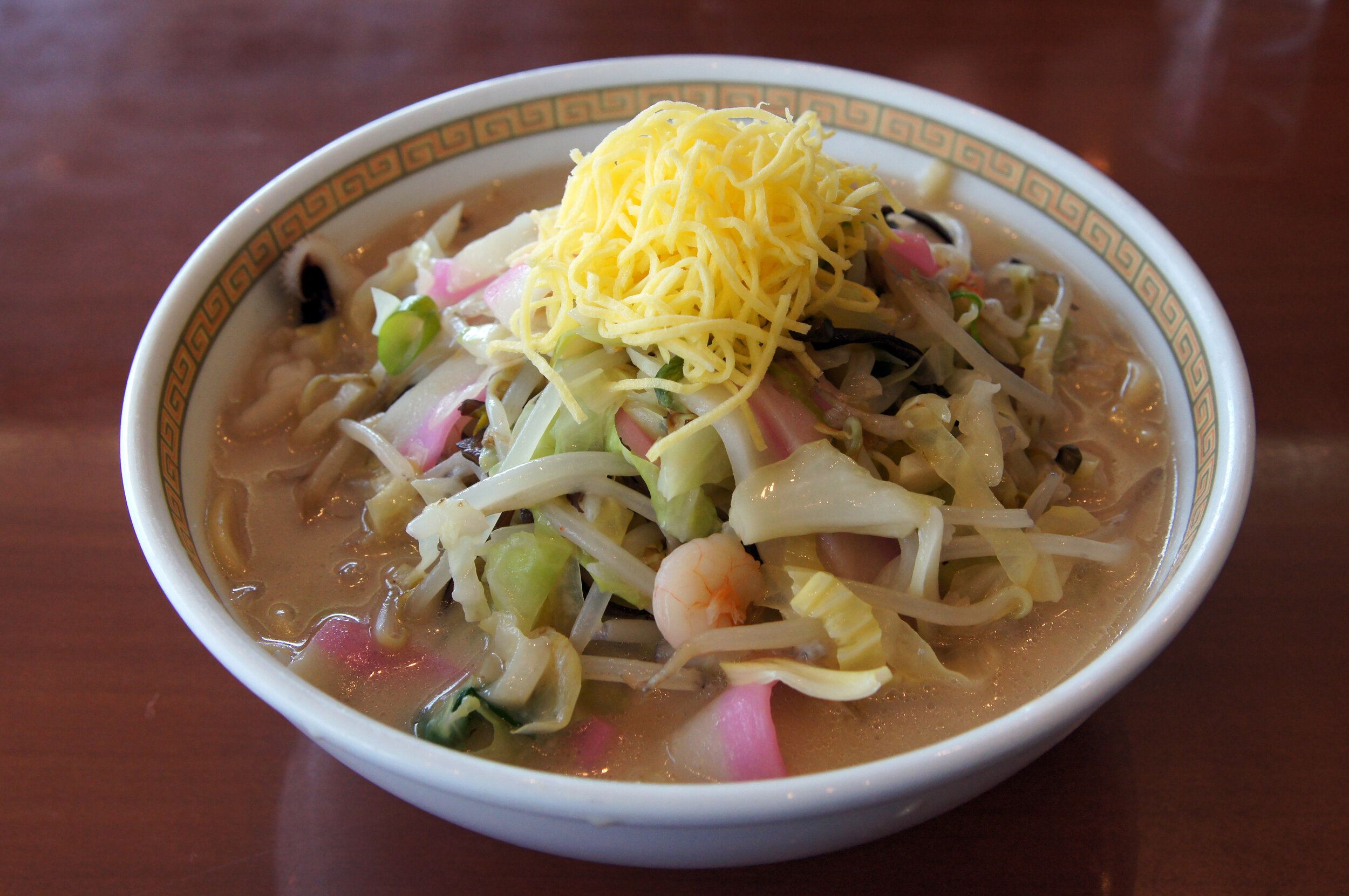
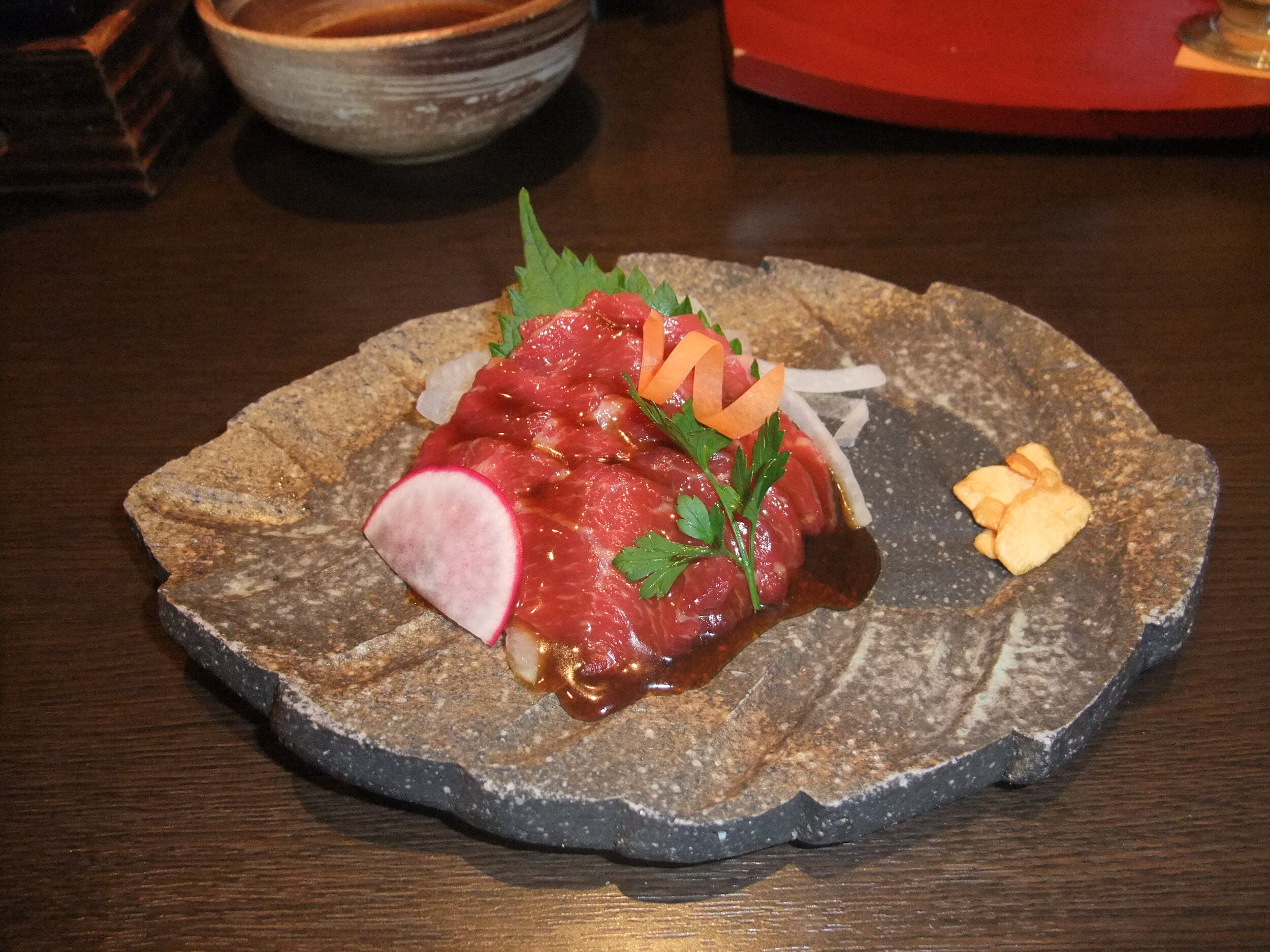
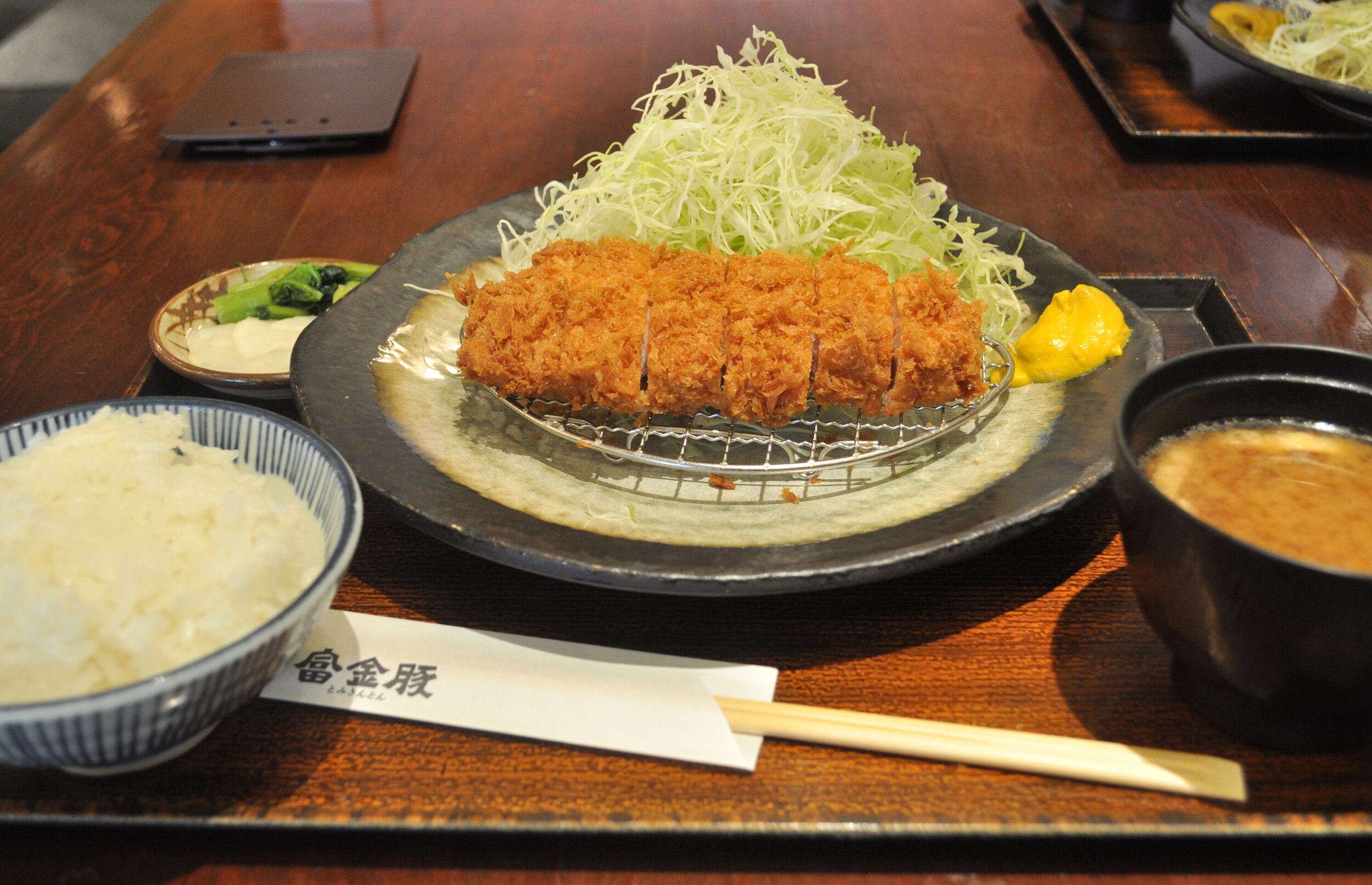
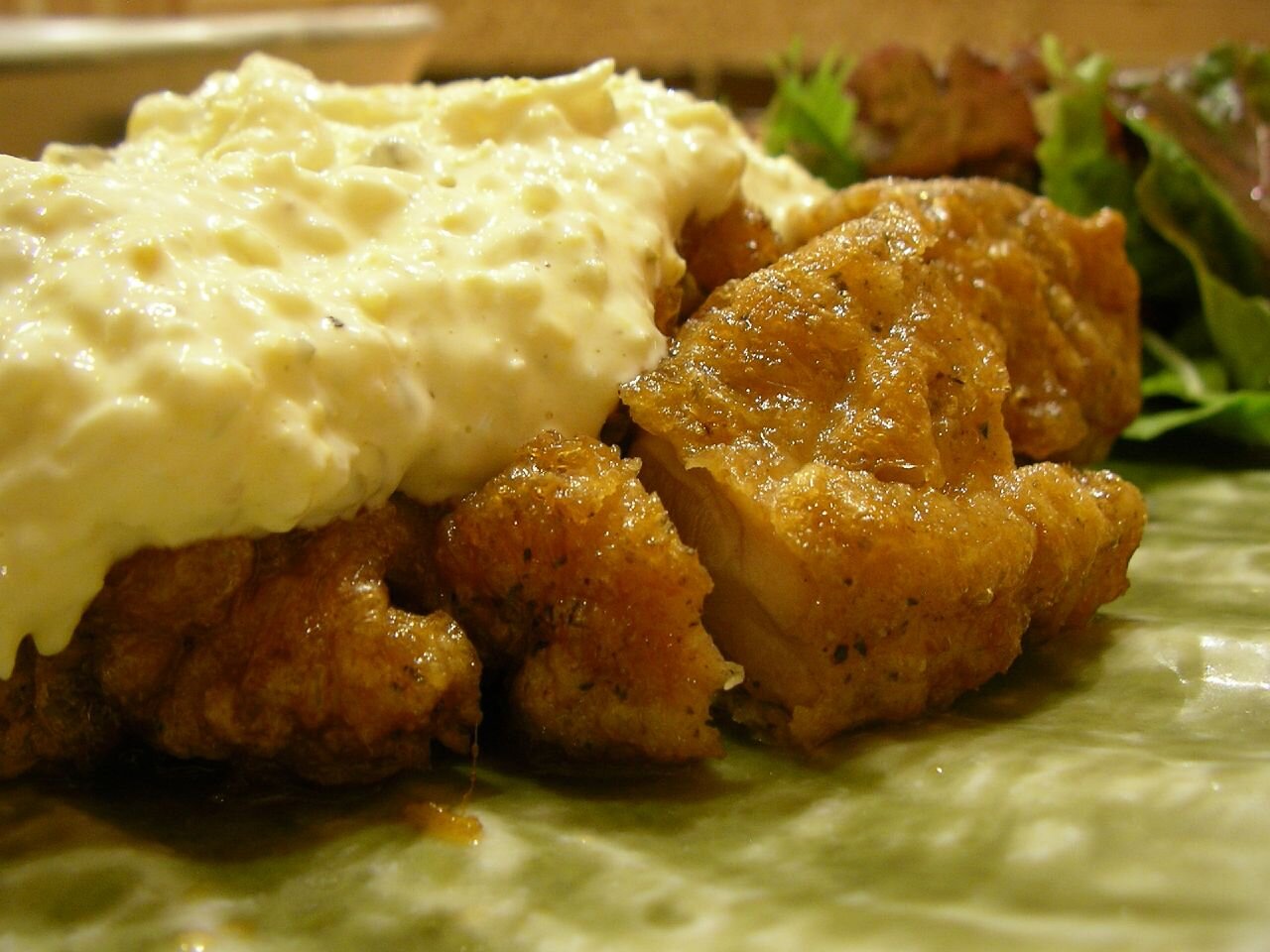
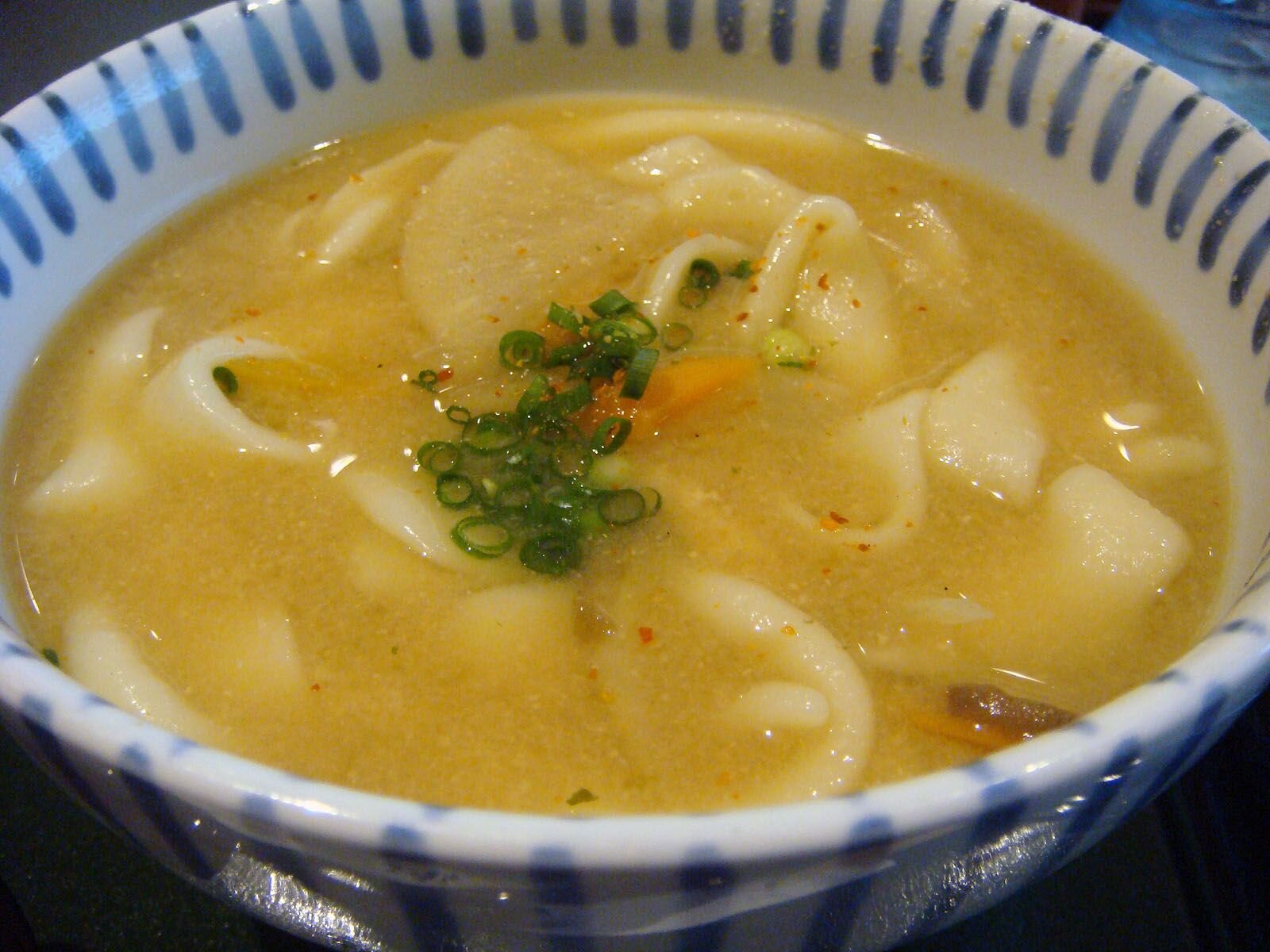
In the south, Kagoshima is known for its black pig (kurobuta 黒豚) a heritage of the Portuguese merchants of the 14th and 15th century. Miyazaki prefecture is known for its chicken nanban (チキン南蛮) that translates to ‘chicken in the style of the barbarians from the south’: a fried chicken dish with tartare-like sauce. And finally comes the Ōita prefecture which is known for its dangojiru: a thick broth soup with noodles, which puts together all the elements of rural cuisine.
Written by Marty Borsotti
